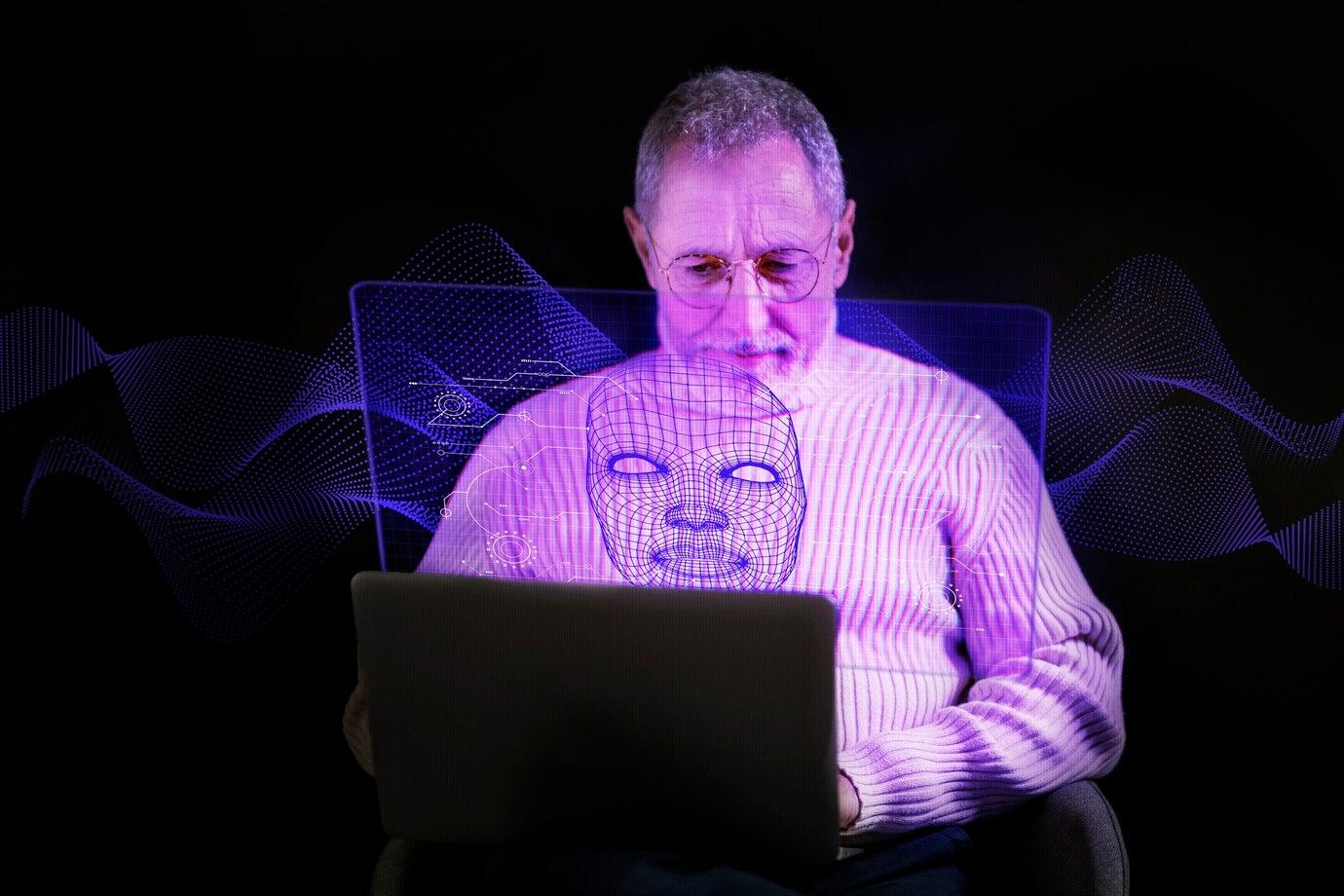In recent years, deepfake technologies have become one of the most discussed topics in the field of cybersecurity and media. The ability to create fake videos with counterfeit faces has opened new horizons for scammers. They use these technologies to carry out various scams, deceive people, and even companies.
What is a deepfake?
The term "deepfake" comes from the words "deep learning" and "fake" and refers to the use of machine learning algorithms to create fake videos and audio. The main principle is training neural networks on large volumes of data, allowing them to reproduce the movements and emotions of the original person. The result is a video where the face, voice, and mannerisms of another person are "transferred" onto an existing video file. These technologies have become widely accessible, which unfortunately opens up opportunities for misuse.
Main Types of Fraud Using Deepfake
Fraud using deepfake technologies can be divided into several main categories. It is important to know about each of them to reduce the risk of falling into scammers' traps.
Fake Videos by Scammers
One of the most common forms of fraud using deepfake is the creation of fake video recordings. Malefactors can easily manipulate images of celebrities, politicians, as well as ordinary people. These videos are often used to spread misinformation or kompromat. For example, scammers can create a video with a fake face of a famous politician, declaring some "secret plans." Such videos can cause panic and chaos, providing scammers with an opportunity to profit from the situation.

Deception with Fake Faces
Often, scammers use deepfake technologies to create fake identities that can interact with users via video calls or messengers. This fake face is given the identity of a person the victim trusts, such as a friend or even a boss. In such cases, the scammer may request money or confidential information, creating the appearance of legitimacy in their request.
Deepfake Scams
A scam using deepfake technologies can take various forms. For example, scammers can create a video where they impersonate bank employees and demand the victim provide access to their bank account. Often, such cases end with the loss of large sums of money. Additionally, there may be manipulation with companies' technological systems, where malefactors try to deceive video conferencing services, causing programs not to recognize that a fake identity is in front of the camera.

How to Recognize Deepfake?
Recognizing deepfake videos is a challenging task, especially considering that technologies are constantly improving. However, there are some signs that can help identify a fake. Here's what to pay attention to:
Incorrect Lip Movements
One of the first signs of a deepfake video is incorrect lip movements. If you notice that the person in the video is speaking, but their lips are moving incorrectly, it may be a sign of technology use.
Inconsistent Lighting
As a rule, the same face in the video should have consistent lighting. If there are sharp changes in lighting, it may indicate that the video has been faked.
Unnatural Emotions
Deepfake technologies still have limitations, and the emotions depicted on faces may look unnatural or too "flat." Pay attention to facial expressions - if they do not match the situation, it might be a fake.

Cyber Fraud with Deepfake
Cyber fraud using deepfake technologies has become a real threat both to individuals and companies. Malefactors, using falsified videos, can manipulate public opinion, gain access to confidential data, and even request money transfers.
There are real examples of successful scams where scammers used deepfake. For instance, in 2020, a theft of $243,000 was recorded through a fake video call where the scammer posed as the company's CEO. In such a situation, the victim, seeing a face they trust, did not doubt the authenticity of what was happening.
For companies that have fallen victim to cyber fraud using deepfake, the consequences can be catastrophic. In addition to financial losses, they may face leakage of confidential information, loss of reputation, and reduced trust from clients. With the growing number of such cases, businesses need to take serious measures to protect their assets.
Protection Against Deepfake Scams
Preventing fraud using deepfake technologies requires active actions from both individuals and organizations. Here are some recommendations to help protect against risks.
Working with deepfake technologies requires a high degree of awareness. A person must understand that such technologies exist and how they can be used by scammers. Regular educational seminars and training will help increase the awareness level of company employees.

Using Technologies to Recognize Deepfake
There are several technologies and tools that can help in recognizing deepfakes. They analyze videos and identify anomalies that may indicate a fake. For example, some companies are developing tools for automated detection of deepfake videos, significantly simplifying the process.
If you receive a suspicious video or message from someone you know, it is always worth fact-checking. It may be useful to call the person whose name the message was sent from and clarify the information. This will help avoid risks and protect you from potential fraud.
Deepfake technologies represent a powerful tool that many use for creative purposes. However, like any technology, they can be misused. Scammers find new ways to use deepfake to deceive people and companies. Increasing awareness, using modern technologies for fact-checking, and employee training will help reduce risks and protect against cyber fraud. It is important to remain vigilant and critically approach any sources of information to avoid becoming a victim of deception.
